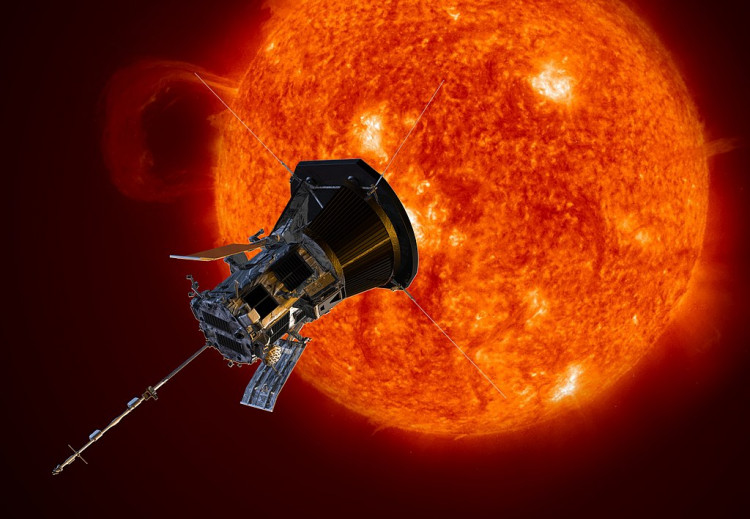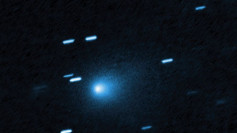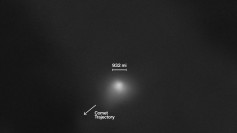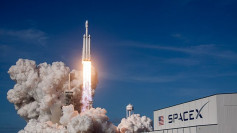According to the Chinese Academy of Sciences' National Astronomical Observatory, China launched its first comprehensive solar probe, the Advanced Space-based Solar Observatory (ASO-S), over the weekend.
The ASO-S spacecraft, dubbed Kuafu-1 after a giant in Chinese folklore who followed the sun, was successfully put into its target orbit, a sun-synchronous path roughly 450 miles above Earth.
ASO-S will conduct simultaneous observations of flares and CMEs "to understand their connections and formation mechanisms," according to Chinese Academy of Sciences (CAS) officials in a mission description.
According to Gan Weiqun, the satellite's principal scientist from the Purple Mountain Observatory (PMO) under CAS, it is the first near-Earth satellite telescope in the world to simultaneously observe solar flares, coronal mass ejections (CMEs), and the sun's magnetic field.
Additionally, the spacecraft will investigate how the sun's atmosphere's many layers transmit energy and how the solar magnetic field influences the growth of flares and CMEs.
The Chinese heliophysics group first suggested the ASO-S mission in 2011. Three instruments will be used by the 1,960-pound probe to investigate the magnetic field of the sun, solar flares, and CMEs, enormous explosions of superheated plasma that travel away from the sun at millions of miles per hour.
When solar flares and CMEs enter and interact with Earth's atmosphere, they can both have an impact on the planet. As a result, Gan claims that by analyzing them, scientists can foresee such eruptions using information from ASO-S, perhaps reducing interference with navigational systems or power outages.
A variety of instruments loaded on the satellites, such as a Full-disk MagnetoGraph (FMG), Lyman-alpha Solar Telescope (LST), and Hard X-ray Imager (HXI), will be used to gather the data.
In a mission description, CAS officials stated that ASO-S will conduct simultaneous studies of flares and CMEs "to understand their connections and formation mechanisms," The mission will also investigate how energy is transferred through different layers of the sun's atmosphere, as well as how the solar magnetic field influences flare and CME evolution.
ASO-S is expected to run for at least four years and create 500 terabytes of data every day. This data could have a wide range of practical applications; the CAS explanation includes "observation of solar eruptions and the magnetic field evolution to facilitate forecasting of the space weather and to safeguard valuable assets in space." as a goal.
The ASO-S is planned to cover the peak of the solar cycle, which typically lasts 11 years, from 2024 to 2025.



